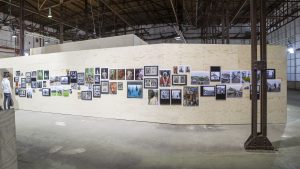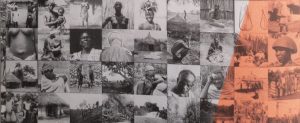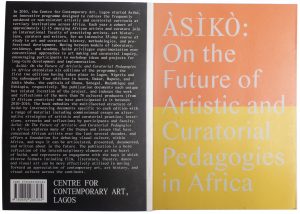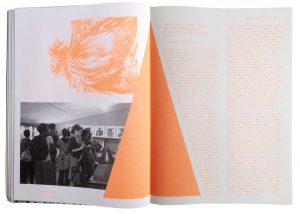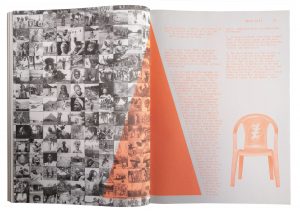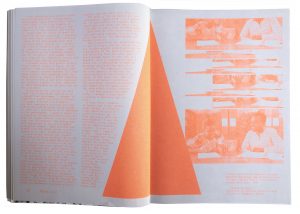This itinerary is based on documents from Paul Julien’s personal collection, which are currently in the care of the Nederlands Fotomuseum in Rotterdam. Over time it will become more detailed and intricately networked.
July 20 Invoice for steamer & train journey Shellal-Chartoum and Chartoum-Juba.
July 22 Letter to parents from Cairo (Egypt). The letter was accompanied by negatives and emphasises how they should be cared for.
July 28 Letter to parents from Longsor [Luxor??].
August 01 Letter to parents from Steam Ship Meral “Between Assuan en Wadi Halfa” (Sudan).
August 03 Letter to parents from Chartoum.
August 10 Letter to parents from Kaka. Mentions grasshopper cloud and the reluctance of “the Shilluk” to be photographed.
August 17 Letter to parents from Bor. Written just after filming grasshopper cloud. Mention of negatives & films that were already sent over to the Netherlands with instructions to rinse them “in case of signs of deterioration”.
August 18 Arrival in Juba, mentioned in letter to parents from Watsa (Congo).
1933-08-19 Malaka, unsigned copy of letter dated September 13 1933. Reply to a letter written by Julien Augustus 9th from Malakal, on the difficulty to get in touch with ‘Pygmies‘.
August 19 Invoices Steamer Omdurman & lunch Juba Hotel. Ticket car transport Juba (Sudan) to Aba (Congo).
August 20 Letter to parents from Aba. Introduction to Chamunyonge is mentioned.
August 21 Receipt transport Aba – Watsa.
August 27 Letter to parents from Watsa.
August 31 Receipt dinner Société du Haut-Uele et du Nil, Watsa.
September 04? Undated letter to parents ouders from Watsa.
September 08 Arebi, Receipt for sending express letter to the governor of Irumu district
September 11 Letter to parents from Watsa.
September 12 Letter to parents from Gombari.
September 28 Letter to parents from Irumu. With mention of the excavation of the Efe skeleton.
1933-10-08 Hotel bill Moshi.
1933-10-14 Briefje aan ouders vanaf schip.
1933-10-14 Derde klas ticket Mombassa – Genua & briefje aan ouders.

